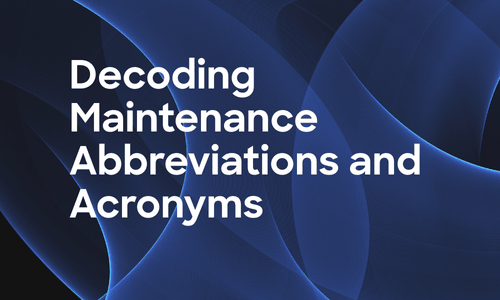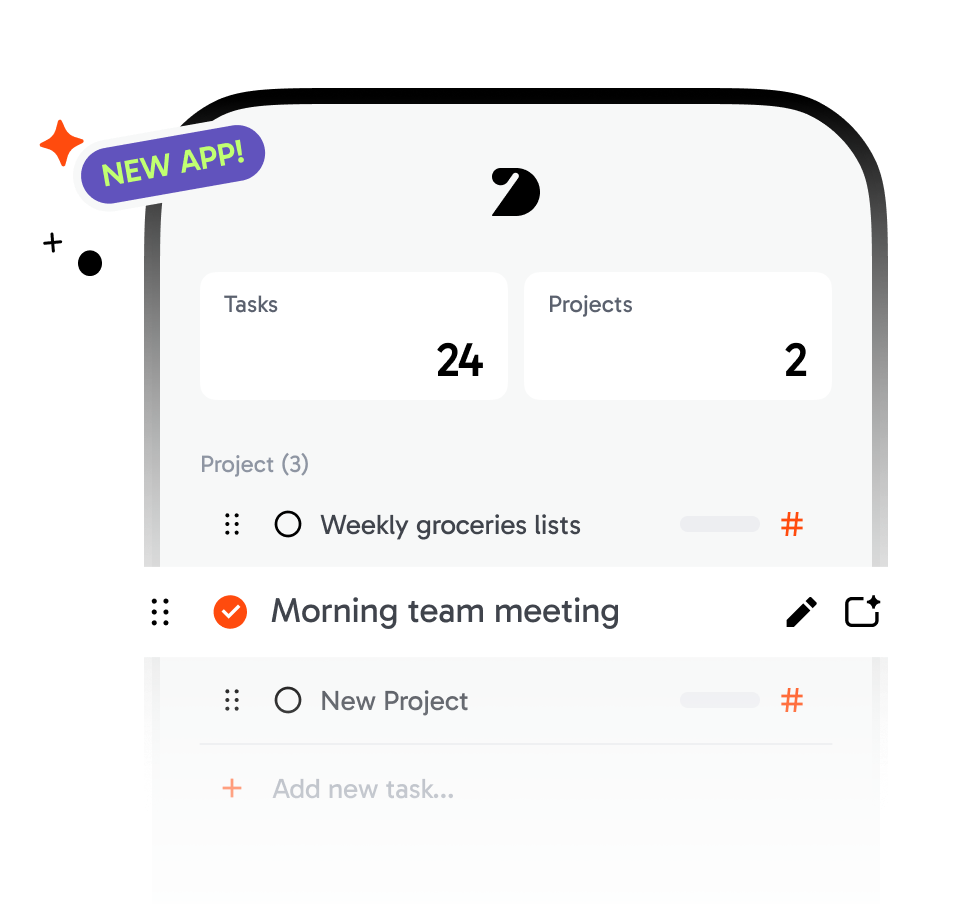Maintenance Abbreviations and Acronyms Every Technician Should Know

In the world of data-driven maintenance of today, recognizing what Maintenance Abbreviations stand for presents not simply a technical necessity but, of more strategic importance. Often in daily operations, facility managers, technicians, and heads of operations hear words such as CMMS, TPM, and FMEA. Each abbreviation relates to a core focus of maintenance excellence and digital transformation. Knowing these terms better enables less frictional communication and smooth work processes within one's organization, be it one that relies on the best CMMS software or else one still working with manual processes.
CMMS: Computerized Maintenance Management System
CMMS stands for Computerized Maintenance Management System, a central information source that stores and manages all maintenance data such as work orders, spare parts, and equipment history. It helps teams accurately track asset performance, enhance scheduling, and reduce downtime. Cmms benefits are far-reaching, that goes beyond automated reporting and compliance tracking to informing decision-making.
CMMS enables maintenance teams to ascend from the terrestrial spreadsheets, allowing them to execute preventive and corrective work far more efficiently. When working with IoT devices for digital maintenance transformation, it plugs operational gaps and augments the life of assets.
EAM: Enterprise Asset Management
EAM takes CMMS one step further. This is because the CMMS manages maintenance activities while EAM manages the complete asset life cycle—from procurement and installation to retirement. By integrating EAM CMMS, organizations can optimize maintenance costs, monitor asset performance, and maximize ROI.
Modern EAM systems provide real-time visibility of assets and performance tracking by tightly integrating ERP and IoT solutions, along with improved compliance reporting and optimized maintenance resource allocation, thereby delivering real benefits across manufacturing and facilities management sectors.
Preventive Maintenance Scheduling
Preventive Maintenance Scheduling entails making sure that maintenance work is done periodically so that unexpected breakdowns of equipment do not occur. It is a strategy of prevention that assures longevity of the equipment and promotes productivity. Using CMMS or EAM software systems, teams are able to program inspections and replacements automatically based on run time or calendar days.
With this implemented, costly downtimes can be minimised; maintenance experts can then focus on the potential foreseeing rather than reactive. Truly this is perhaps the most effective tool to safeguard operational stability.
Planned Maintenance
Planned maintenance refers to the preparation of maintenance activities such that technicians, tools, and spare parts are ready before work starts. Unlike unplanned or emergency repairs, Planned Maintenance is a means to optimize available manpower while reducing interruptions to operations by facilities.
Coordinate well enough and it tends to merge into reliability-centered maintenance, where both want to keep asset integrity while minimizing unnecessary intervention. Well-planned maintenance strategies serve to increase workforce productivity while reducing costs on maintenance.
Reliability-Centered Maintenance (RCM)
Reliability-Centered Maintenance (RCM) lays down procedures for developing the alternative maintenance strategies best fitted to equipment reliability data. Priority here is given to actions that dominate system performance and safety. RCM thus makes sure that there is not a single maintenance action wasting time and money without improving uptime.
Putting RCM into practice will allow organizations to link in with soft wares that measure common KPIs such as mean time to repair (MTTR) or downtime rate so every insight will be used in decision-making for the alignment of maintenance plans with business objectives.
KPI Softwares
KPI softwares (Key Performance Indicator softwares) attend to maintenance leaders monitoring the efficiency of operations based on measurable data. They follow the relevant maintenance metrics, hooded to response time/asset utilization/mean time between failures (MTBF).
KPI dashboards visualize real-time performance trends when these software options interface with CMMS or EAM tools. This interface allows the organization to uncover bottlenecks, quantify the effects of maintenance activities, and improve overall reliability on a continuous basis.
Failure Modes and Effects Analysis (FMEA)
Failure Modes and Effects Analysis (FMEA) is a systematic method that identifies the failure potential of a given system and evaluates the impact of such failure. It forms the backbone of proactive maintenance and reliability engineering. The FMEA allows the maintenance teams to prioritize the risks in terms of severity and likelihood of occurrence.
Incorporating the Failure Modes and Effects Analysis FMEA into maintenance strategy might help teams foresee problems before they happen and thereby minimize unplanned downtimes and enhance operational safety.
PDM: Predictive Maintenance
PDM Full Form is Predictive Maintenance. This method makes use of condition-monitoring tools, AI, and sensors to forecast possible failures of the equipment up to a time just before it occurs. The predictive systems analyze vibration, temperature, and performance data so that they can raise alerts and automatically schedule repairs.
Equipping the teams with PdM capabilities through Best CMMS Software results in resource optimization and reliability enhancement. Predictive maintenance minimizes both costs engaged for maintenance as well as downtime, along with maximizing availability of the equipment.
Corrective Maintenance
Corrective maintenance includes repair and replacement of components after they have failed. All such repairs done through Corrective Maintenance in Software are well recorded and contribute to the building of a useful historical database. This database, over time, will aid in better preventive maintenance planning.
Therefore, corrective maintenance, when integrated with CMMS or EAM platforms, becomes one part of a bigger ecosystem enhancing balancing act between proactive and reactive maintenance.
TPM – Total Productive Maintenance
The Full Form of TPM is Total Productive Maintenance, a methodology that involves all employees-from operators to managers-in improving equipment performance. TPM emphasizes daily inspections, cleanliness and accountability to prevent failures at source.
Combining TPM with planned maintenance and preventive maintenance scheduling will improve reliability significantly, minimizing the downtime of equipment. It promotes a culture of continuous improvement across the facility.
MTBF- Mean Time Between Failures:
It is a known indicator - MTBF (Mean Time Between Failures) - for the time that an asset/operator can expect to run without failure due to inherent weaknesses in a product or its application. This is one of the most important indicators of reliability for an asset. The higher the value of MTBF, the better the performance of the equipment and lesser numbers of interruptions.
However, maintenance teams can leverage their software programs or software like CMMS and kpi to calculate the mean time between failures for critical assets and evaluate operational effects while determining necessary areas of improvement. Furthermore, MTBF trends show what would be possible for capital investment-related or asset replacement decision-making.
Why Opt for OPMAINT:
Understanding these maintenance abbreviations will enable your team to communicate effectively, plan strategically, and execute maintenance more efficiently. OPMAINT puts all of these practices - CMMS, EAM, TPM, RCM, FMEA, and PdM - on one powerful platform.
Our system simplifies the scheduling of preventive maintenance, automates reports, and integrates with eam cmms dashboards to provide visibility and control on all fronts. Whether you want to measure MTBF through kpi softwares or optimize your planned maintenance and track performance, OPMAINT delivers precision and reliability at scale. Book a Demo with OPMAINT today to learn how our intelligent platform simplifies maintenance management and reduces operational costs.



.png)
